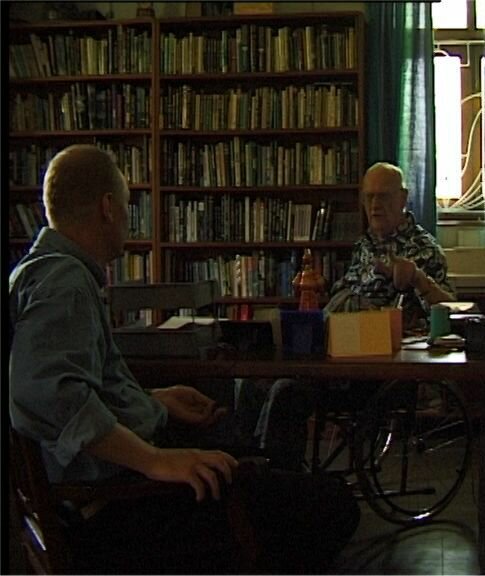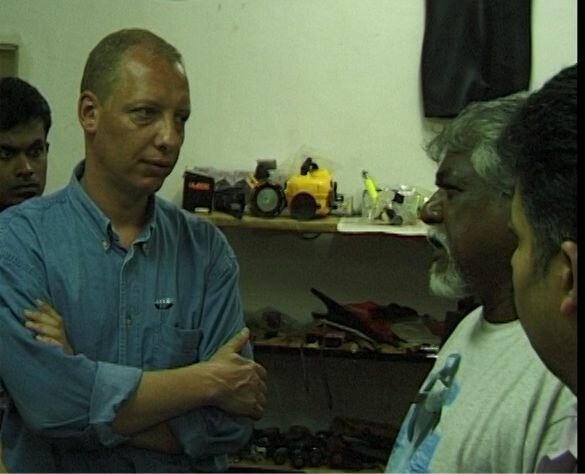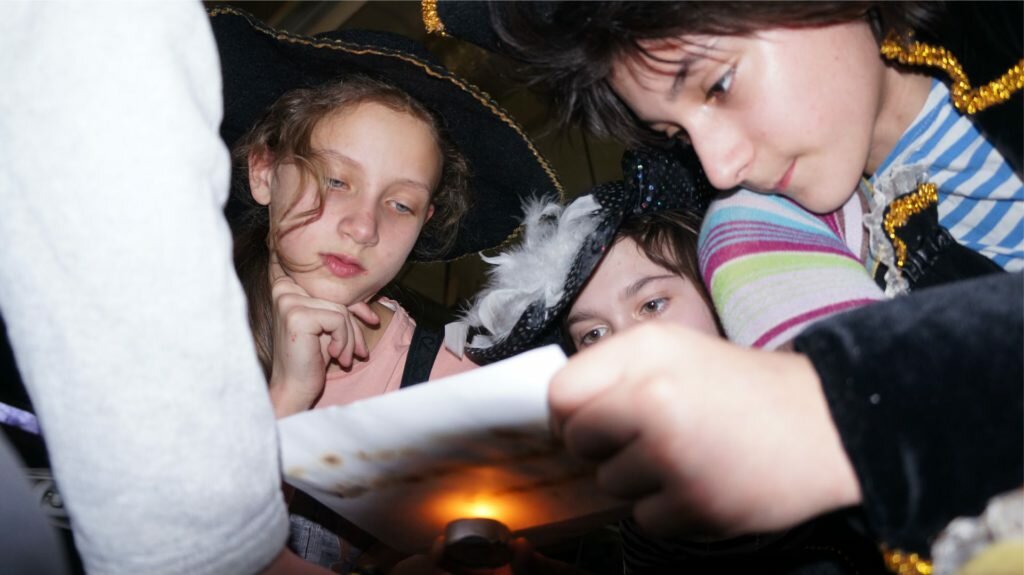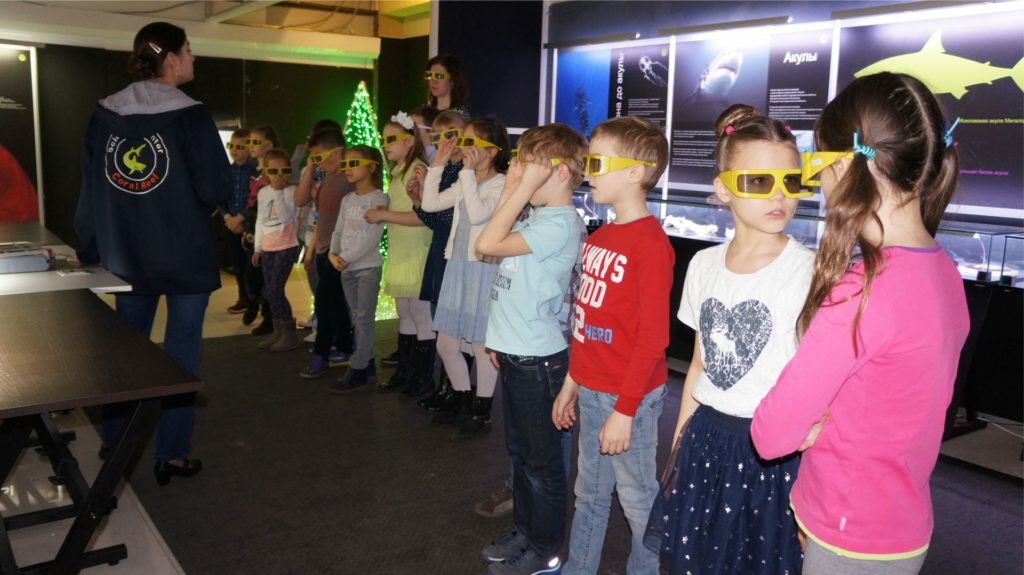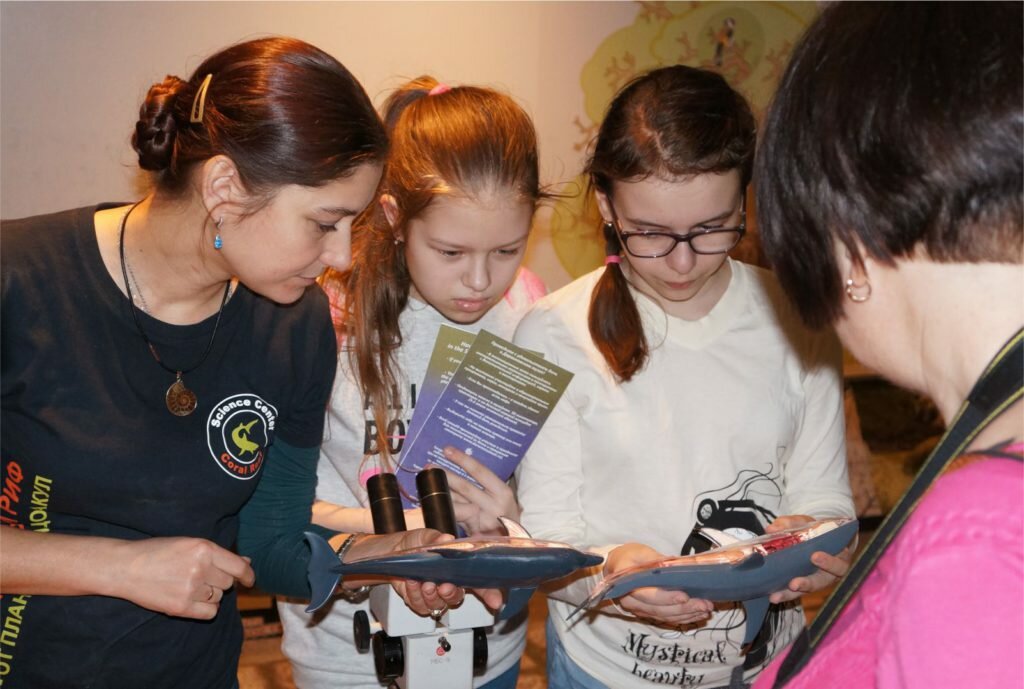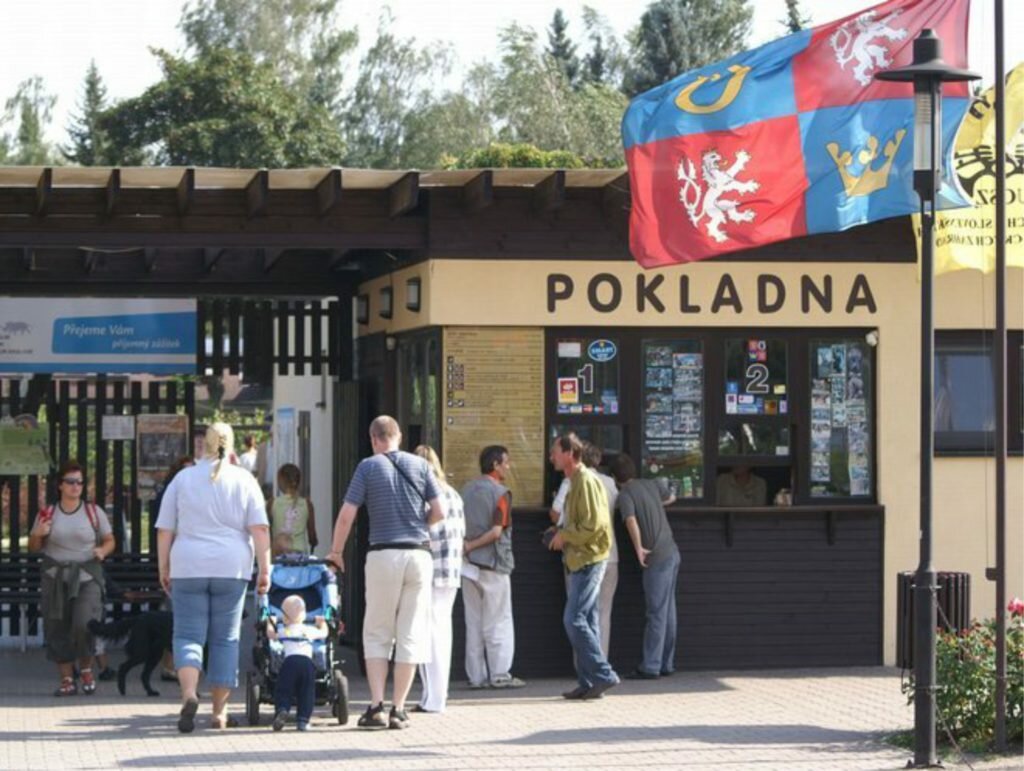This trip to Ceylon was made specifically to film a movie about this great thinker and underwater treasures he found on this tropical island. I was standing next to him and couldn’t believe that I finally met the guy who heavily influenced my view on life. Arthur C. Clarke moved to Sri Lanka in 1957.
He was not really SCUBA diving fan as I was, but he supported a diving centre founded by a friend of him, Hector. Being techno-optimist, Arthur always believed in great future of humanity, happy coexisting of technology and ecology. This idea is the basis for all my future activities.
4 years after this meeting, being driven by that idea, I founded SCUBATLON – a training course for certified SCUBA divers, who want expand their knowledge of marine biology and improve their skills in order to be nice to the underwater environment.
At the moment we even hold competitions in SCUBATLON: divers swim through a series of constructions made of plastic rings trying not to touch the edges.
At the same period of time, I was invited to set up an underwater service for the first oceanarium in Moscow. They were about to open and needed a team of divers who could take care of the fish. I invited Anna, who also is an experienced underwater filmmaker and former molecular biologist to work with me there. It was a short period of time when we worked there, about 3 months. But it told us a lot about a great interest in marine biology which general public have and unfortunately, oceanarium couldn’t satisfy this interest.
So, we decided to make our own project. The idea was the same: technology should bring people closer to nature without harming it. We decided to make a 3D stereo underwater video of coral reef inhabitants. It seemed easy — we already had lots of experience in underwater filming.
But the reality is always more complex. Available 3D cameras just didn’t want to work properly in challenging underwater environment. Instead of the nice bright picture, we were getting something blurry and bluish. After many fruitless attempts, we decided to use a different approach to 3D filming – using a mirror 3D rig. This is a construction consisting of 2 semi-transparent mirrors based on a rigid metal rig. There are 2 cameras located by 90 degrees by each other: one camera shoots a reflected image which passed two mirrors. After several months of making the rig, we faced with the whole new set of problems. Again, what seemed easy on land, was not so easy underwater. For instance, even clear water is full of sediments, which settle down on the mirrors spoiling the picture. But, finally, after two years of preparation, we did everything and were ready to present the project to the public.
For the first time, Coral Reef Science Project was shown to the public in September 2013 in Skolkovo.
Since then, we’ve changed many different locations in Moscow.
We worked in Artplay, contemporary design center, in January. It was so cold there, around 0.
Our guides meet every visitor.
We were surprised that Coral Reef caused lots of interest among adults, even more than among kids.
We changed our name and logo.
It was “Underwater Ecology Project” and now it’s “Coral Reef Science Centre”.
June 2014. Our stand at “Intermuseum 2014” – international museum festival.
Many other team members had joined our team – underwater photographers, marine biologist, school teachers. Now we have a mobile version of the project – Coral Truck — and grew enough to work on the international level.

